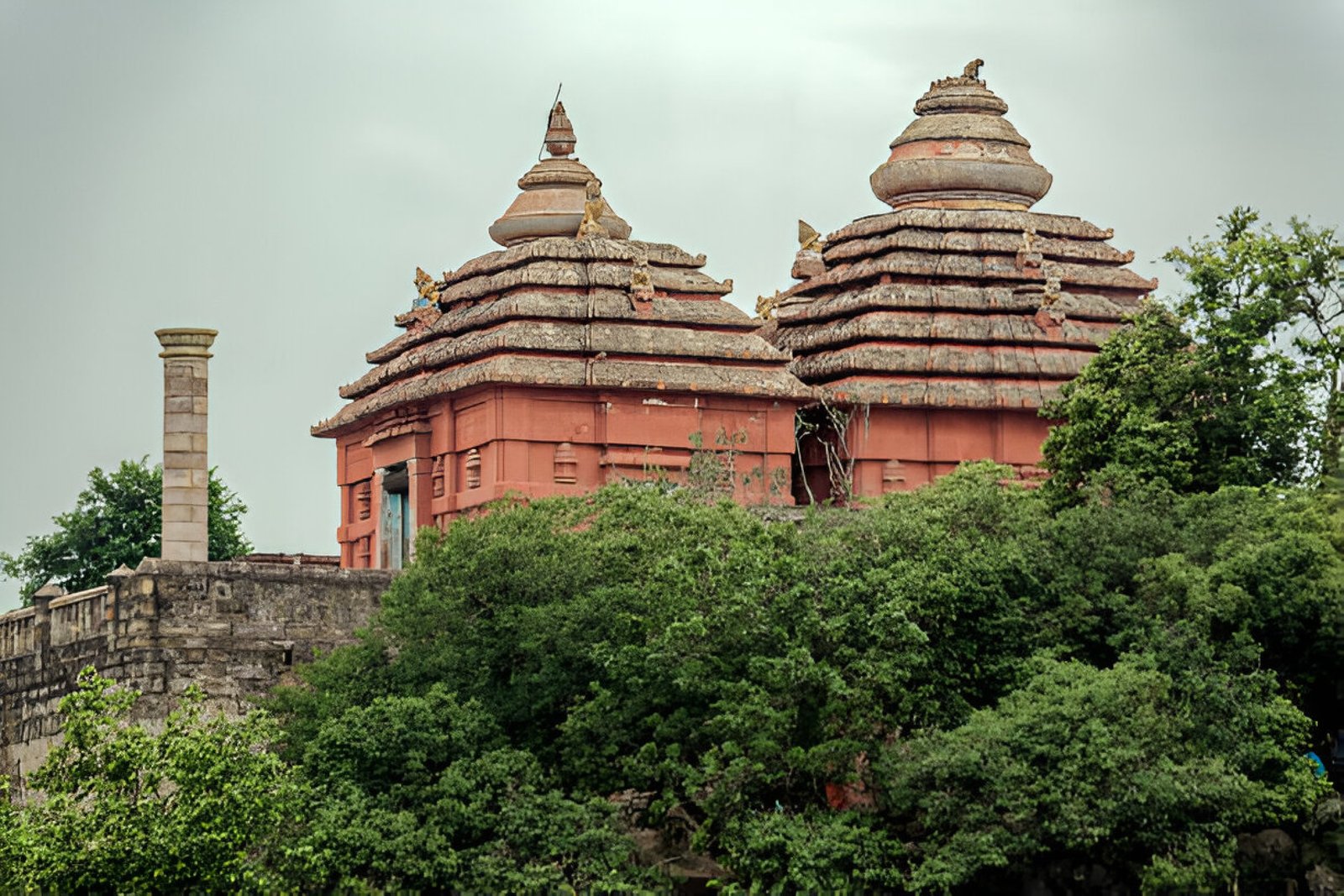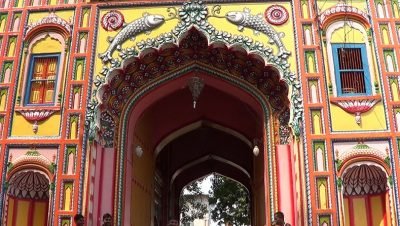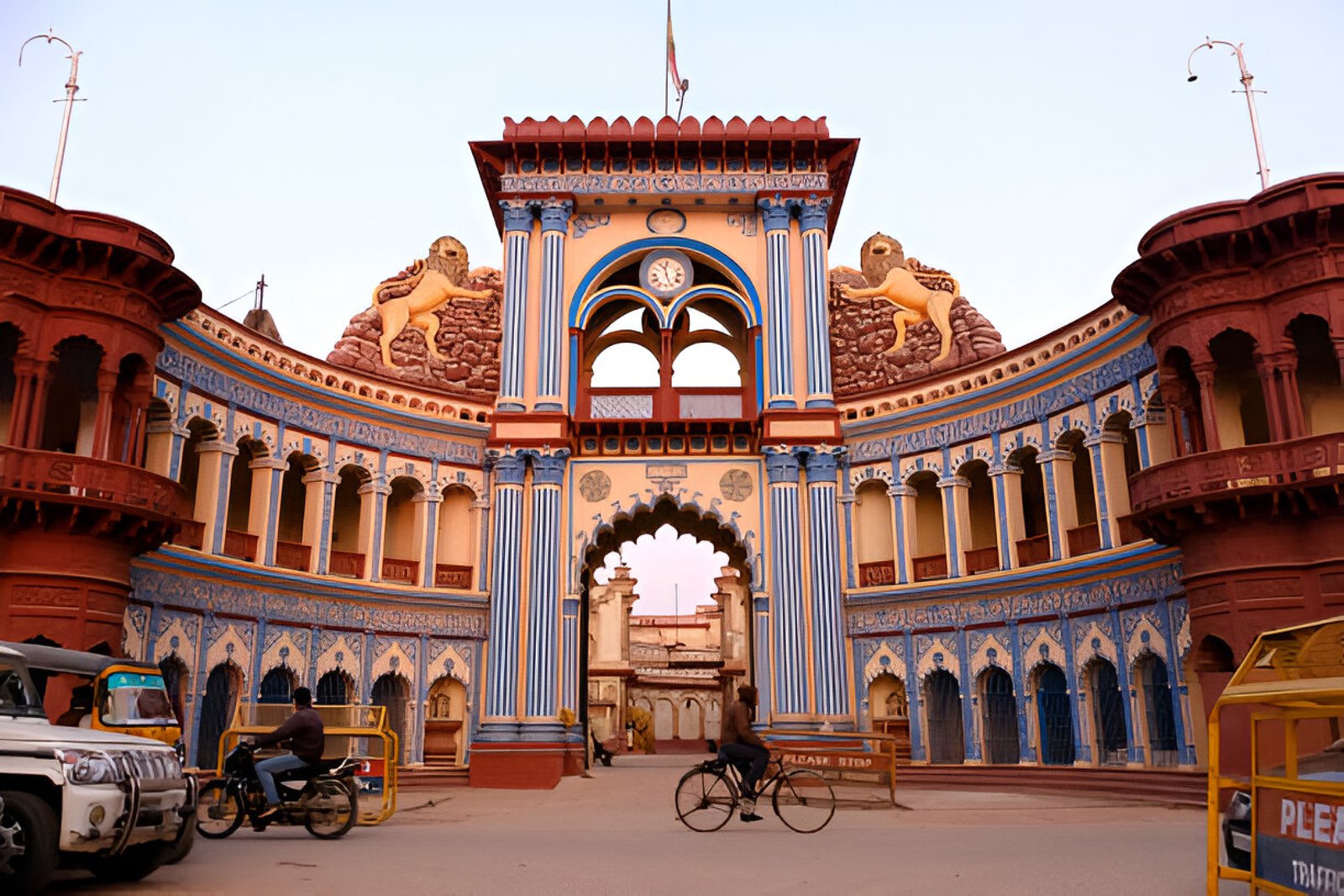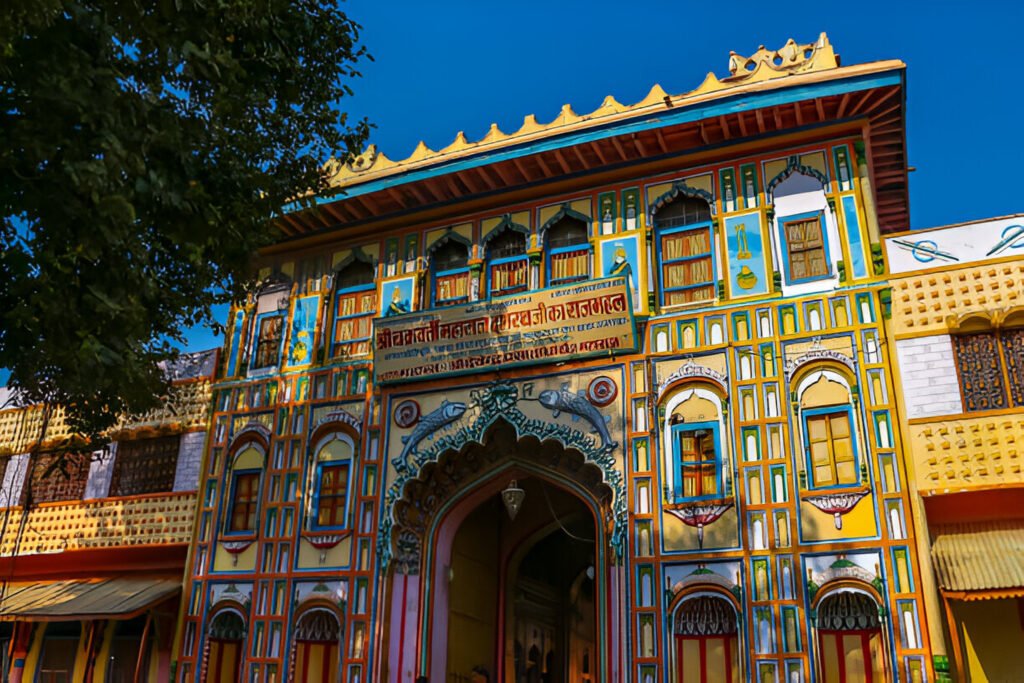About the Tour Package
Experience a seamless and immersive pilgrimage with our 5 Days / 4 Nights Chitrakoot & Ayodhya Spiritual Tour. Travel from Delhi to the sacred sites of Chitrakoot and Ayodhya, where every temple, ghat, and cave narrates the legend of Lord Rama. Witness grand aartis, meditate in peaceful ashrams, and soak in the divine aura of these timeless holy cities.
About Chitrakoot & Ayodhya
Chitrakoot is the land where Lord Rama, Goddess Sita, and Lord Lakshmana spent a significant part of their exile. Known for its serene ghats, ancient caves, and revered temples, Chitrakoot is a sacred retreat for spiritual seekers.
Ayodhya, the birthplace of Lord Rama, is one of the seven Mokshadayini cities in Hinduism. Rich in mythology and heritage, this holy city offers an enriching experience through its revered temples, grand aartis, and historical landmarks.
Trip Highlights
- Visit the sacred Ram Ghat in Chitrakoot, where Lord Rama, Sita, and Lakshmana once bathed.
- Explore the mystical Gupt Godavari caves and experience their divine aura.
- Witness the grand evening aarti at the Mandakini River and Saryu River.
- Discover the Shri Ram Janmabhoomi Temple, the birthplace of Lord Rama.
- Experience the spiritual ambience of Hanuman Garhi and its breathtaking views.
- Meditate in the serene Sati Anusuya Ashram, a place of peace and devotion.
- Enjoy comfortable and hassle-free travel arrangements with Yatra Veda.
- Relish authentic vegetarian meals throughout your journey.
Day 1: Delhi to Chitrakoot – The Land of Lord Rama’s Exile
- Morning: Take a train from Delhi to Chitrakoot (Approx. 9-10 hours). Nearest station: Chitrakoot Dham Karwi (CKTD).
- Afternoon: Check-in at a hotel in Chitrakoot.
- Evening: Visit Ram Ghat, a serene riverside where Lord Rama, Sita, and Lakshmana are believed to have bathed. Attend the evening aarti at Mandakini River.
Ram Ghat
A sacred riverside ghat on the Mandakini River, where Lord Rama, Sita, and Lakshmana are believed to have bathed. It is known for its tranquil atmosphere and the grand evening aarti, which attracts pilgrims seeking spiritual cleansing and divine blessings.
Day 2: Chitrakoot – Spiritual Exploration
- Morning: Kamadgiri Temple , it is a revered hill temple believed to be the heart of Chitrakoot, where Lord Ram meditated. Gupt Godavari Caves, Mystical caves with two underground water streams, associated with Lord Rama and Lakshmana.
- Afternoon: Sati Anusuya Ashram it is a peaceful ashram dedicated to the sage Atri and his wife Anusuya. Bharat Milap Temple, this marks the place where Bharat met Lord Rama to persuade him to return to Ayodhya.
- Evening: Sunset at Hanuman Dhara, a temple dedicated to Lord Hanuman, located on a hilltop.
Kamadgiri Temple
Cultural Significance: Considered the spiritual heart of Chitrakoot, Kamadgiri is a sacred hill encircled by a revered temple. The name ‘Kamadgiri’ means ‘the fulfiller of desires,’ and it is believed that Lord Rama spent a significant part of his exile meditating here. Pilgrims undertake the Parikrama (circumambulation) of the hill, seeking divine blessings and fulfilment of their wishes.
Gupt Godavari Caves
Cultural Significance: These mysterious caves hold a special place in Hindu mythology, as they are believed to have served as a secret resting place for Lord Rama and Lakshmana during their exile. The twin underground water streams flowing within the caves add to their mystical allure, and many devotees consider them sacred, symbolizing divine purity.
Bharat Milap Temple
Cultural Significance: This temple marks the site where Bharat, the younger brother of Lord Rama, met him in Chitrakoot and urged him to return to Ayodhya. The emotional reunion between the brothers symbolizes unwavering devotion and duty. The temple is an embodiment of the ideals of Dharma and Bhakti, making it a must-visit for spiritual seekers.
Sati Anusuya Ashram
Cultural Significance: Dedicated to Sati Anusuya, the wife of Sage Atri, this ashram is a beacon of faith and virtue. Sati Anusuya is revered for her chastity and devotion, and it is believed that her spiritual power brought the sacred Mandakini River into existence. The ashram’s tranquil setting provides a retreat for devotees seeking spiritual enlightenment.
Hanuman Dhara
Cultural Significance: This hilltop temple is dedicated to Lord Hanuman, the embodiment of strength and devotion. According to legend, a sacred water stream here was created by Lord Rama to cool Hanuman after he set Lanka ablaze. Pilgrims climb the hill to seek Hanuman’s blessings and to experience the divine serenity of the place.
Day 3: Chitrakoot to Ayodhya – The Birthplace of Lord Rama
- Morning: Drive to Ayodhya (270 km, ~6 hours).
- Afternoon: Check-in at a hotel in Ayodhya.
- Evening: Visit Saryu Ghat and witness the grand evening aarti on the banks of the Saryu River.
Saryu Ghat
A scenic and sacred riverfront where devotees take a holy dip in the Saryu River, believed to cleanse sins and purify the soul. The grand evening aarti at Saryu Ghat is a mesmerizing experience for visitors.
Day 4: Ayodhya – Exploring the Divine City
- Morning: Shri Ram Janmabhoomi Temple, The birthplace of Lord Rama and the holiest site in Ayodhya Hanuman Garhi, A hilltop temple dedicated to Lord Hanuman, offering a panoramic view of Ayodhya.
- Afternoon: Kanak Bhawan, it is a temple dedicated to Lord Rama and Goddess Sita, known for its golden idols. Treta Ke Thakur , a temple housing ancient idols of Lord Rama, Sita, Lakshmana, Bharat, and Shatrughna.
- Evening: Visit Nageshwarnath Temple, dedicated to Lord Shiva, before retiring for the day.
Shri Ram Janmabhoomi Temple
Cultural Significance: The birthplace of Lord Rama, this temple is one of the holiest pilgrimage sites in Hinduism. It stands as a testament to the deep-rooted faith of millions and is a focal point of Hindu devotion. The temple represents the ideals of Dharma, righteousness, and the divine rule of Lord Rama.
Hanuman Garhi
Cultural Significance: This fortress-like temple is dedicated to Lord Hanuman, the guardian deity of Ayodhya. Devotees believe that Hanuman resides here to protect the city and its people. The temple offers panoramic views of Ayodhya and is a symbol of unwavering faith and protection.
Kanak Bhawan
Cultural Significance: Dedicated to Lord Rama and Goddess Sita, Kanak Bhawan is known for its resplendent golden idols, which symbolize divine prosperity and eternal marital bliss. Legend has it that this temple was gifted to Sita by Queen Kaushalya, Rama’s mother, making it a significant site for devotees seeking blessings for a happy married life.
Treta Ke Thakur
Cultural Significance: This ancient temple houses rare idols of Lord Rama, Sita, Lakshmana, Bharat, and Shatrughna. The idols are believed to date back centuries and are considered sacred relics of the Treta Yuga. The temple stands as a living testimony to the deep spiritual and cultural heritage of Ayodhya.
Nageshwarnath Temple
Cultural Significance: A revered Shiva temple, this site is said to have been established by Kush, the son of Lord Rama. The temple plays a crucial role in the religious history of Ayodhya, symbolizing the deep-rooted connection between Shaivism and Vaishnavism in Hindu traditions. Devotees visit to seek Lord Shiva’s blessings for wisdom and spiritual enlightenment.
Day 5: Ayodhya to Delhi – Homebound with Divine Blessings
- Morning: Visit Dashrath Mahal, believed to be the palace of King Dashrath, father of Lord Rama.
- Afternoon: Depart for Delhi by flight/train.
Dashrath Mahal
Believed to be the palace of King Dashrath, the father of Lord Rama. Now a beautifully decorated temple, it stands as a symbol of devotion and royal heritage, drawing pilgrims from across the country.









Reviews
There are no reviews yet.